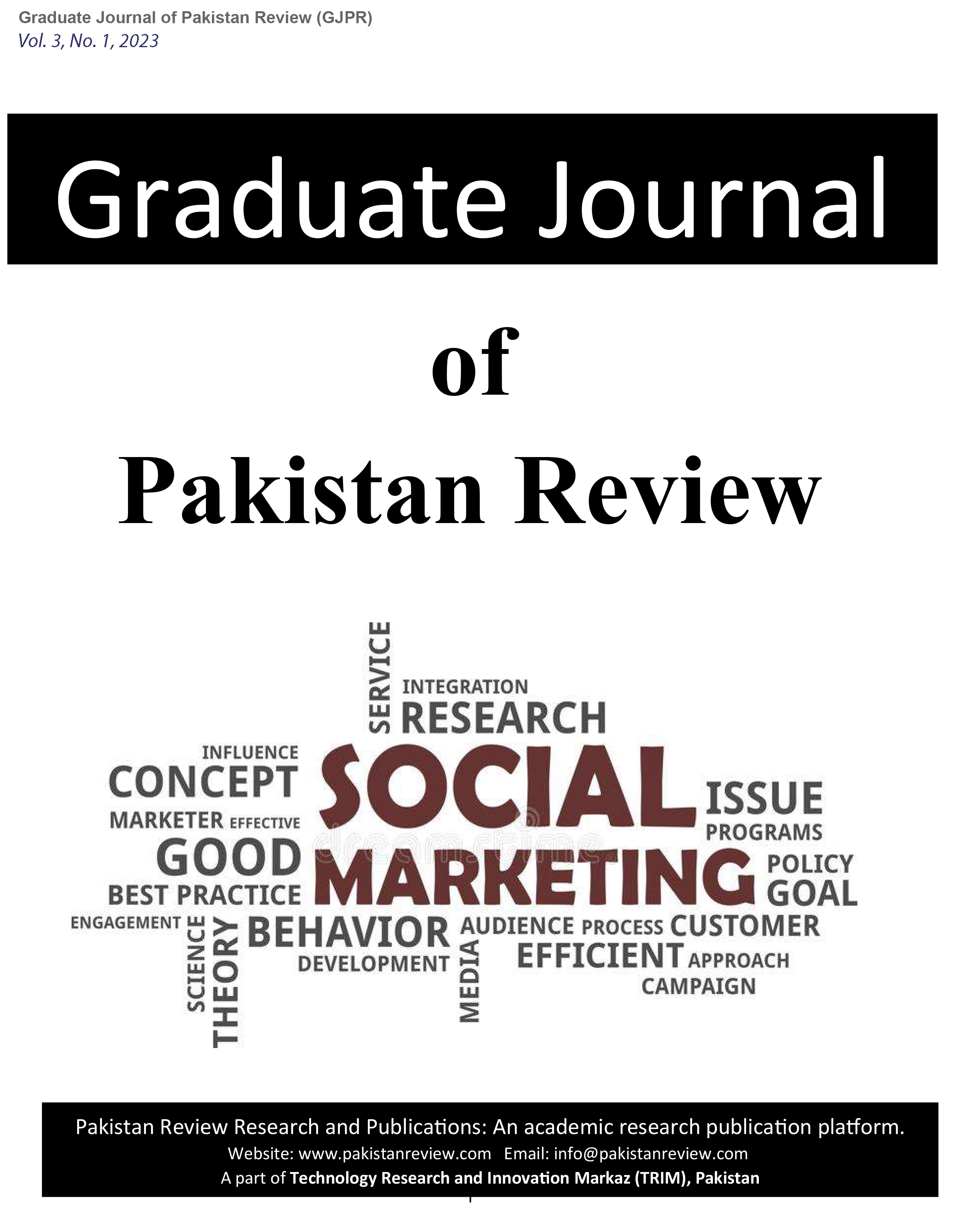Enchantment and Disenchantment: Science, Magic, and the Continuum of Wonder
Keywords:
Continuum of Wonder, Disenchantment, Enchantment, Historical Shifts, Magic, Modernity, Mythology, Science, Technology and Awe, Rationality and ImaginationAbstract
Is science the disenchantment of the world, or its re-enchantment in new disguise? This paper explores that question through a narrative thought experiment: walking with an imagined ancestor, Bernie, from the past into the present. What Bernie calls sorcery, we call science. Particle accelerators, genetic editing, artificial intelligence, and space exploration appear as rituals of a new age, raising the possibility that explanation has not destroyed wonder but relocated it.
I redefine “magic” not as illusion but as a language of the unexplained, the extraordinary, and the transformative. Tracing history, I show how practices once labeled magical, like alchemy, astrology, healing rites, and agricultural ceremonies, matured into chemistry, astronomy, medicine, and environmental sciences. Science did not erase these impulses; it translated them into new vocabularies of instruments and methods. In turn, contemporary science generates its own enchantments, from AI’s oracular voices to cosmic imagery that evokes myth.
Engaging both sides of the debate, I outline Weber and Taylor’s accounts of disenchantment alongside Josephson-Storm, Principe, Chopra, and others who argue for enduring or resurgent enchantment. I conclude that science and magic are not adversaries but companions on a continuum of wonder. To live with science is not to banish magic, but to inhabit its latest form.
Downloads
Published
Issue
Section
License
Copyright (c) 2023 Sara Syed

This work is licensed under a Creative Commons Attribution 4.0 International License.
Submission Declaration
Authors retain the copyright to their work and grant the Graduate Journal of Pakistan Review (GJPR) the right of first publication under a Creative Commons Attribution 4.0 International (CC BY 4.0) license. This license permits others to share, adapt, and redistribute the work for any purpose, including commercial use, as long as appropriate credit is given to the original authors and the journal.
By submitting a manuscript, authors confirm that the work has not been published previously (except as an abstract, lecture, or academic thesis), is not under review elsewhere, and has been approved by all authors and relevant authorities. Once accepted, the article will be openly accessible under the CC BY 4.0 license, allowing wide dissemination and reuse with proper attribution.





